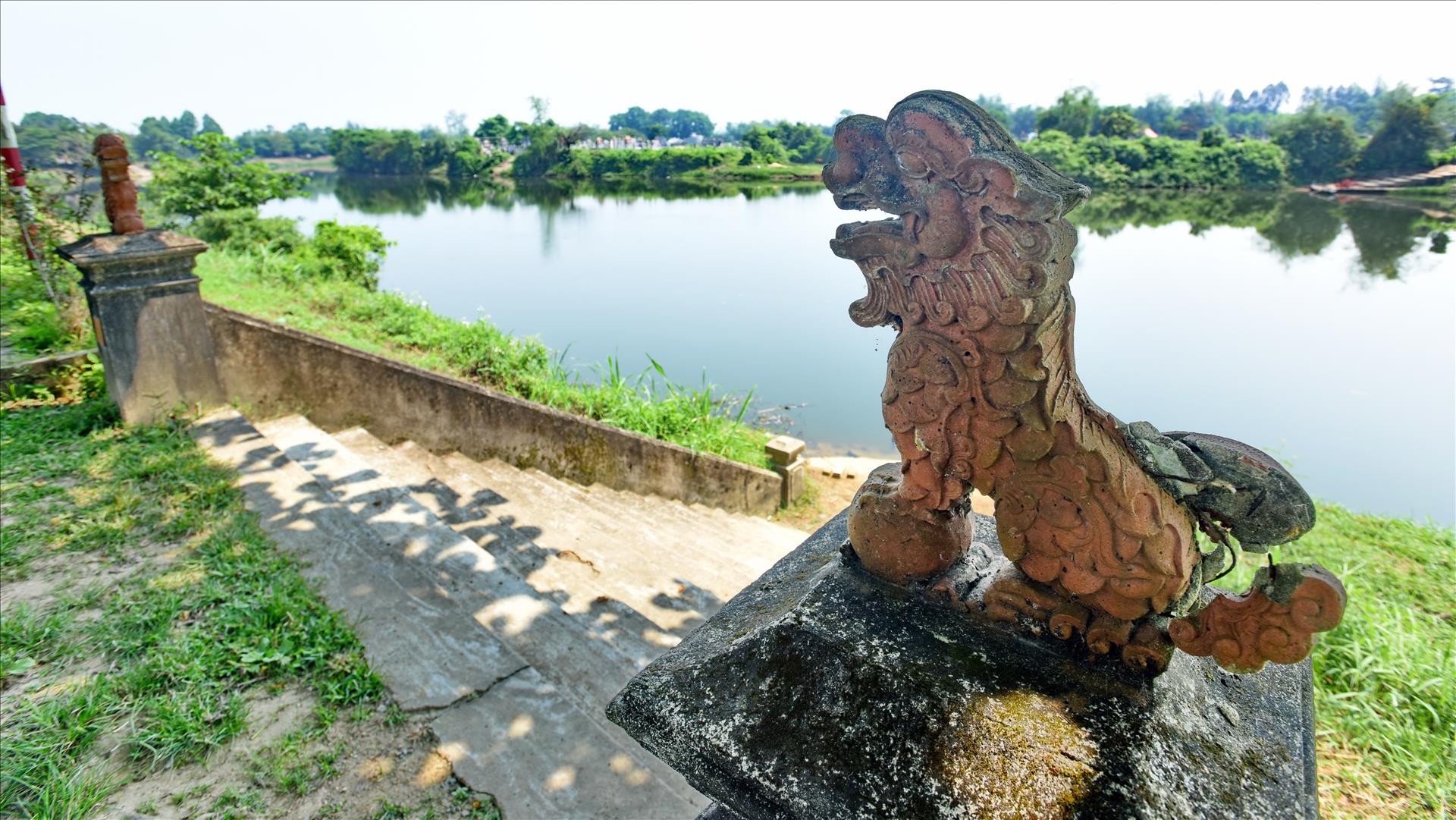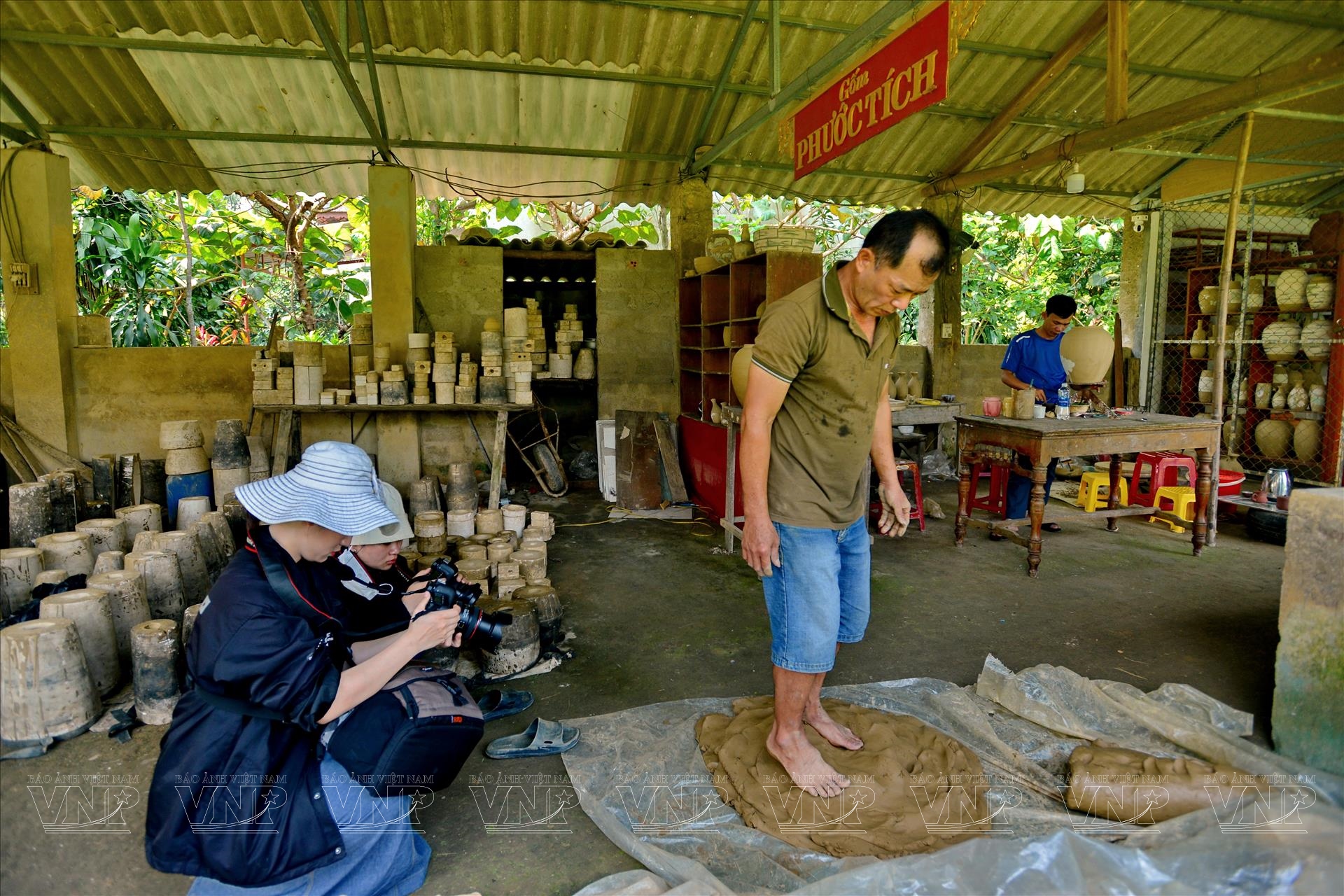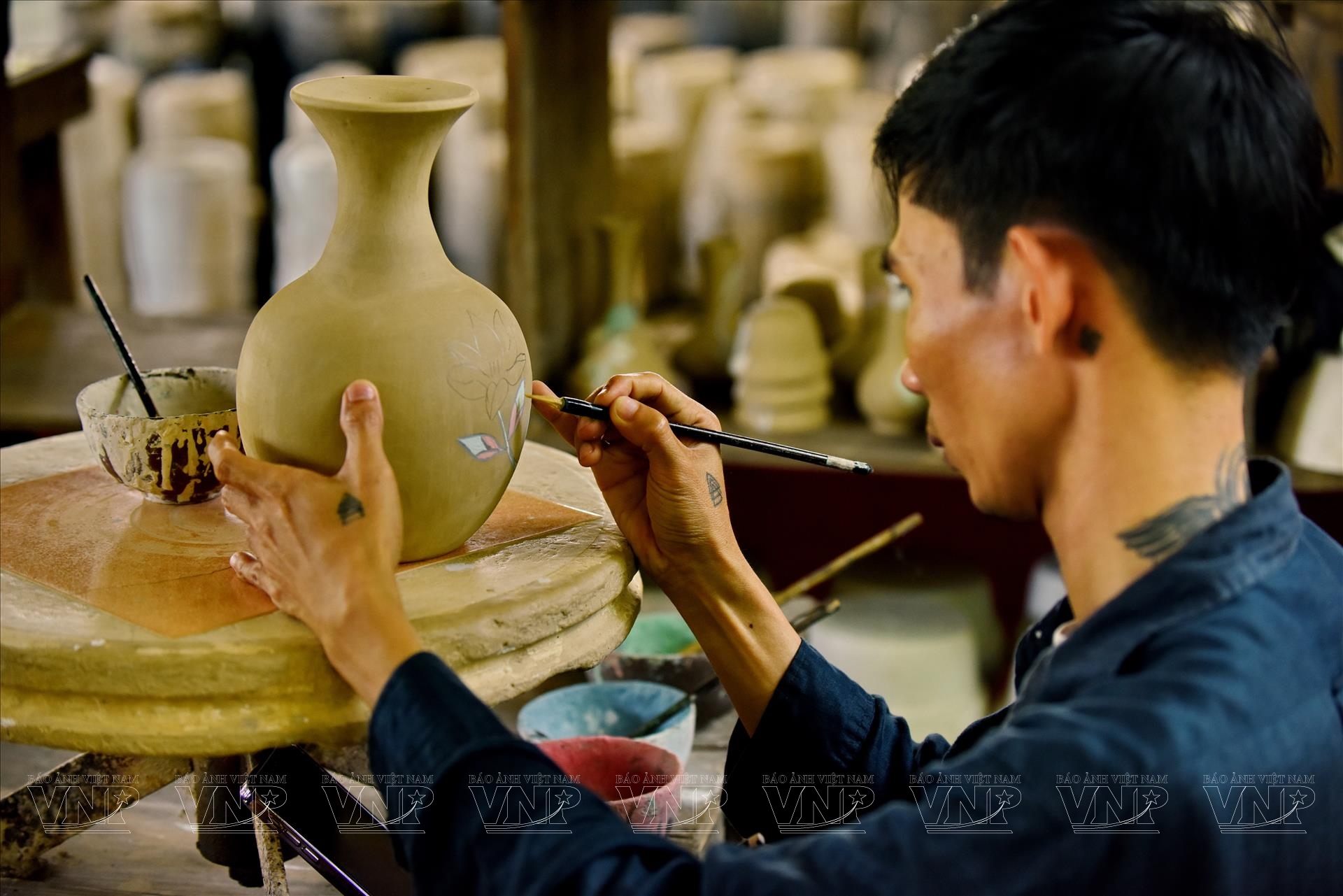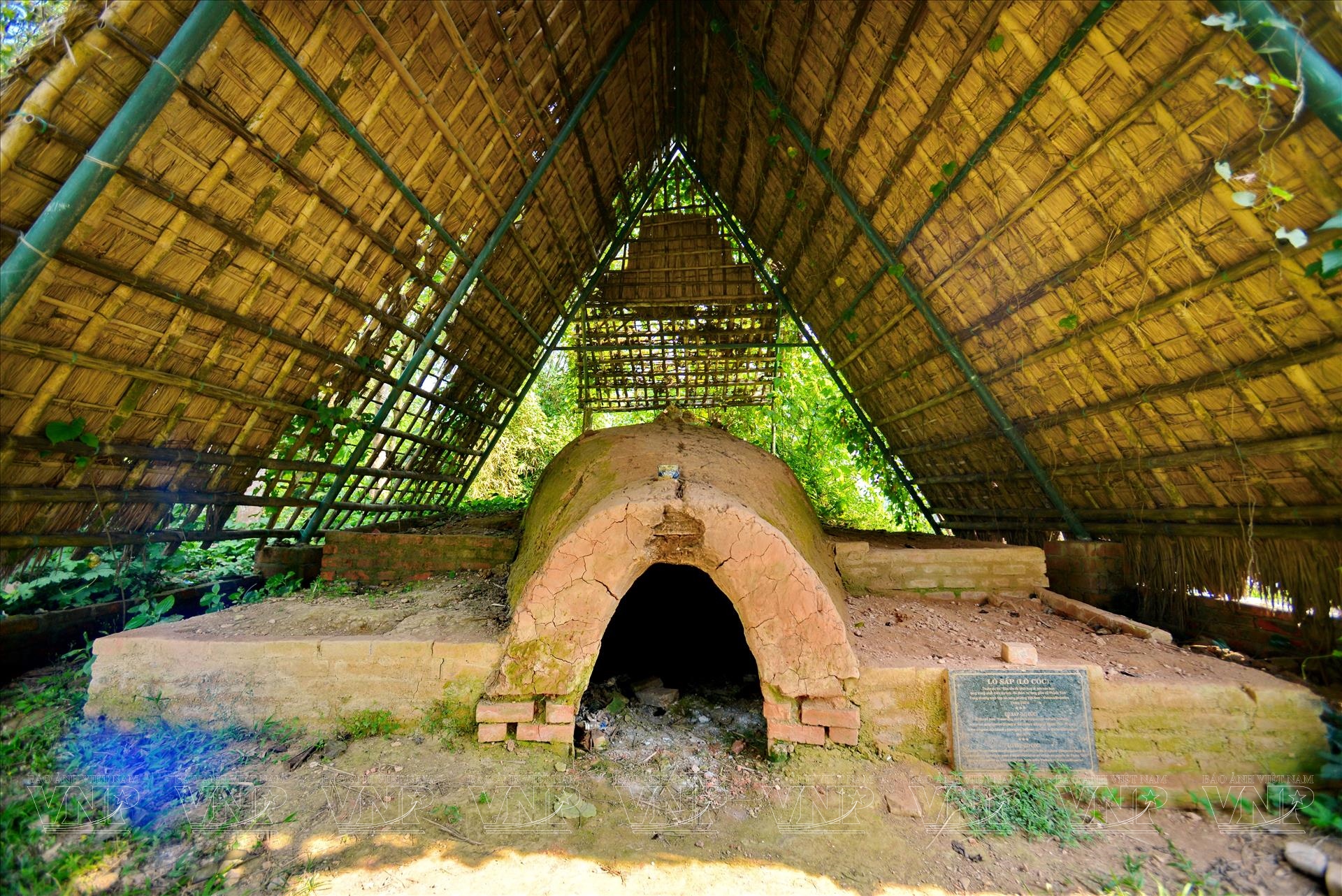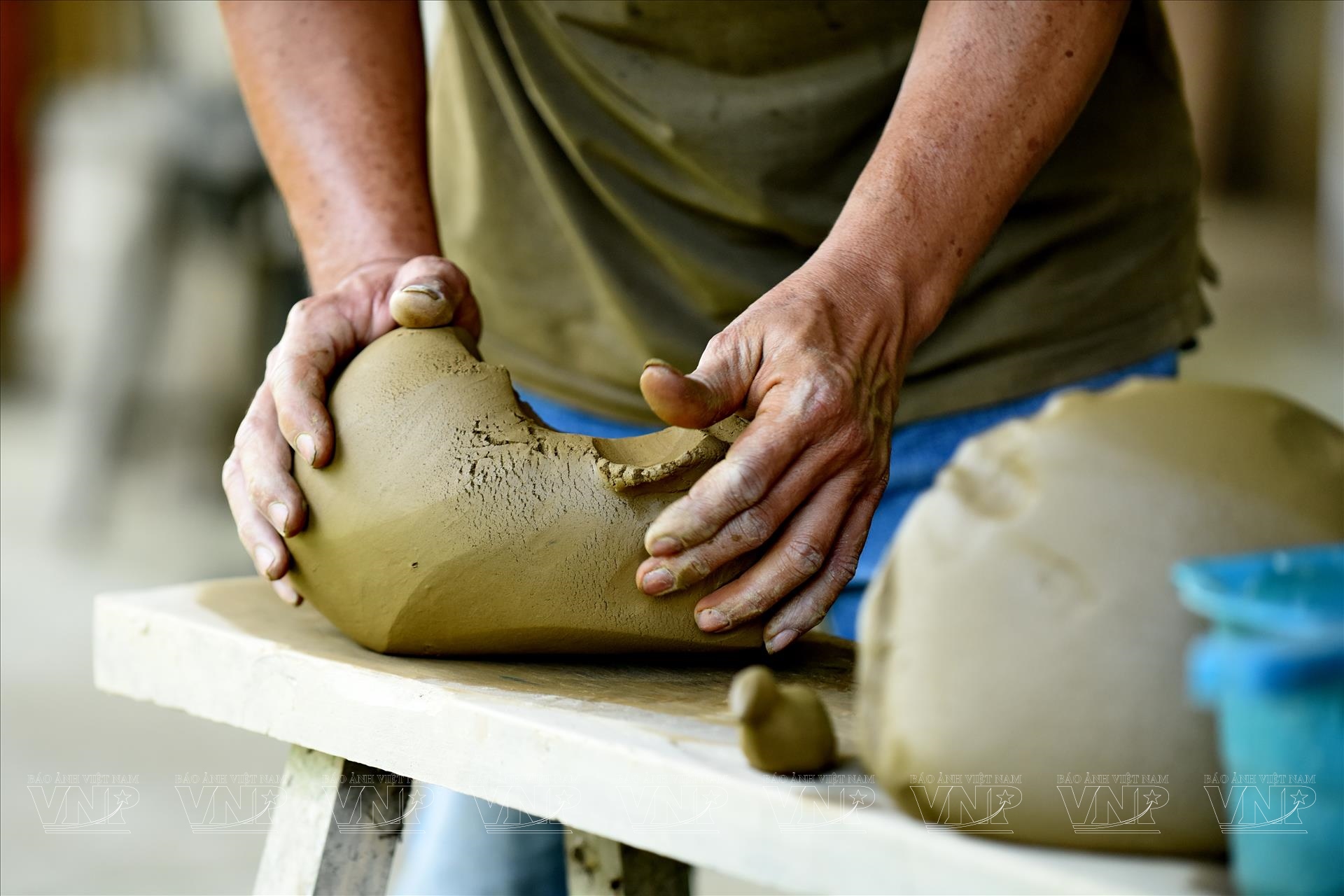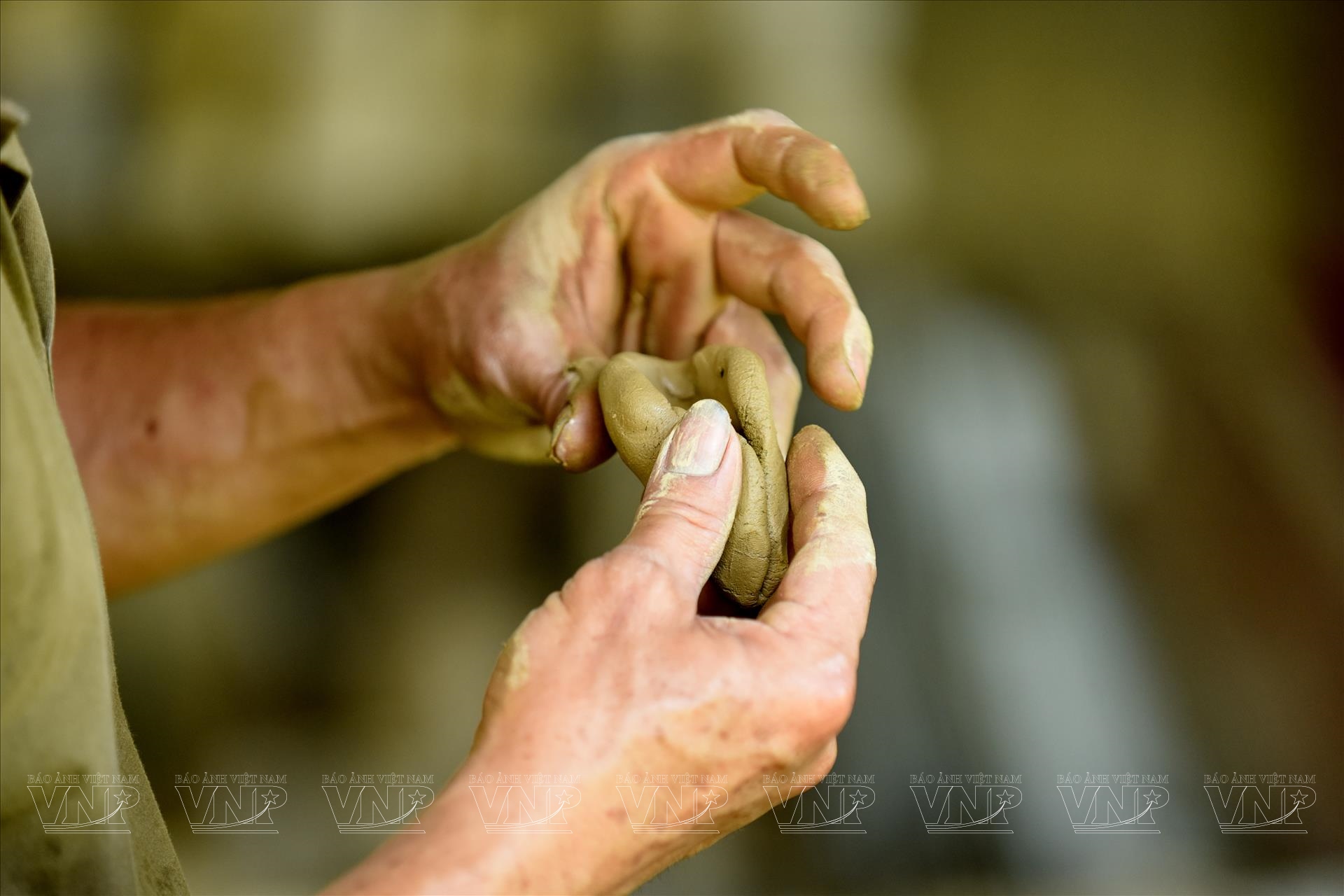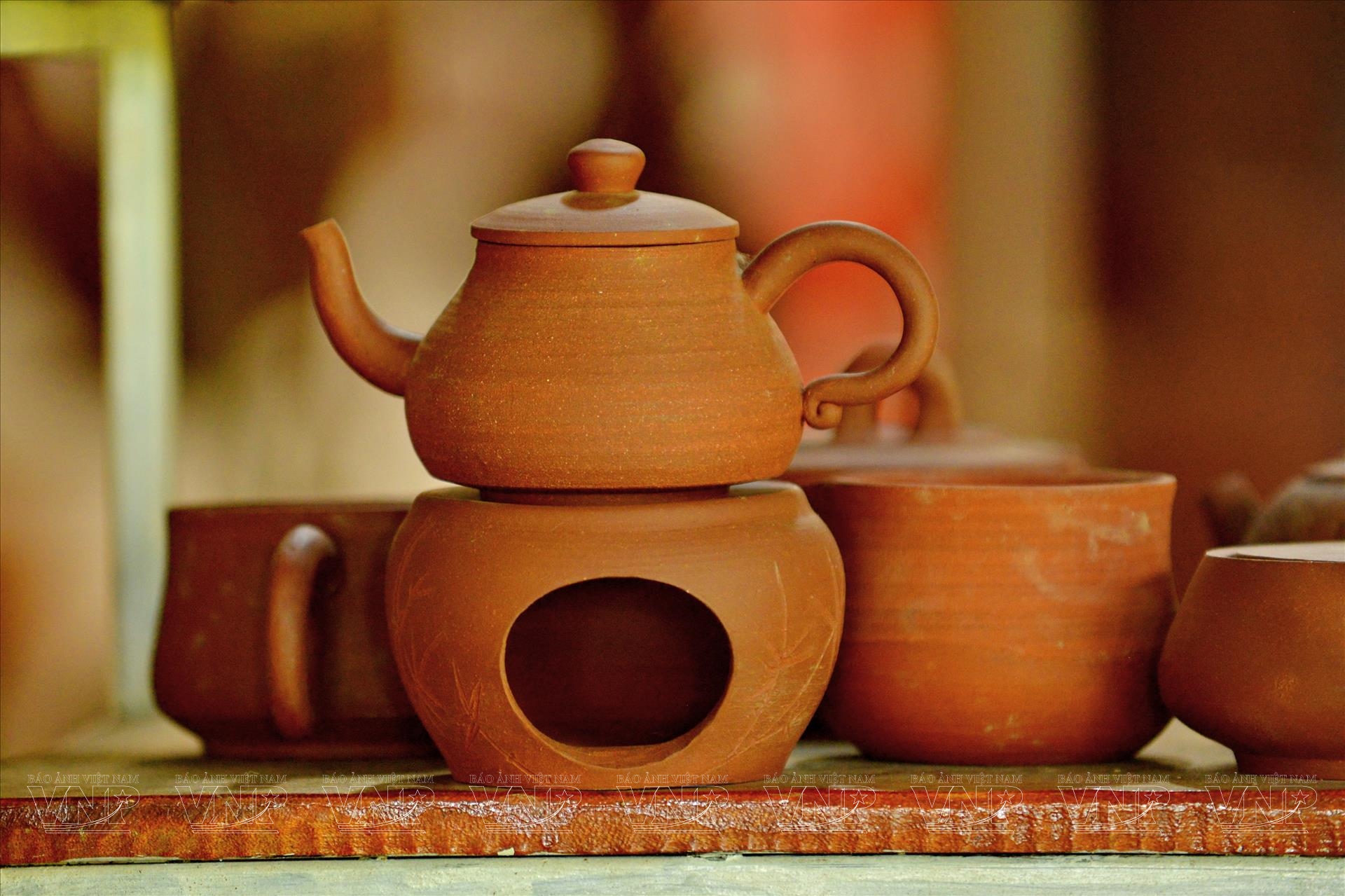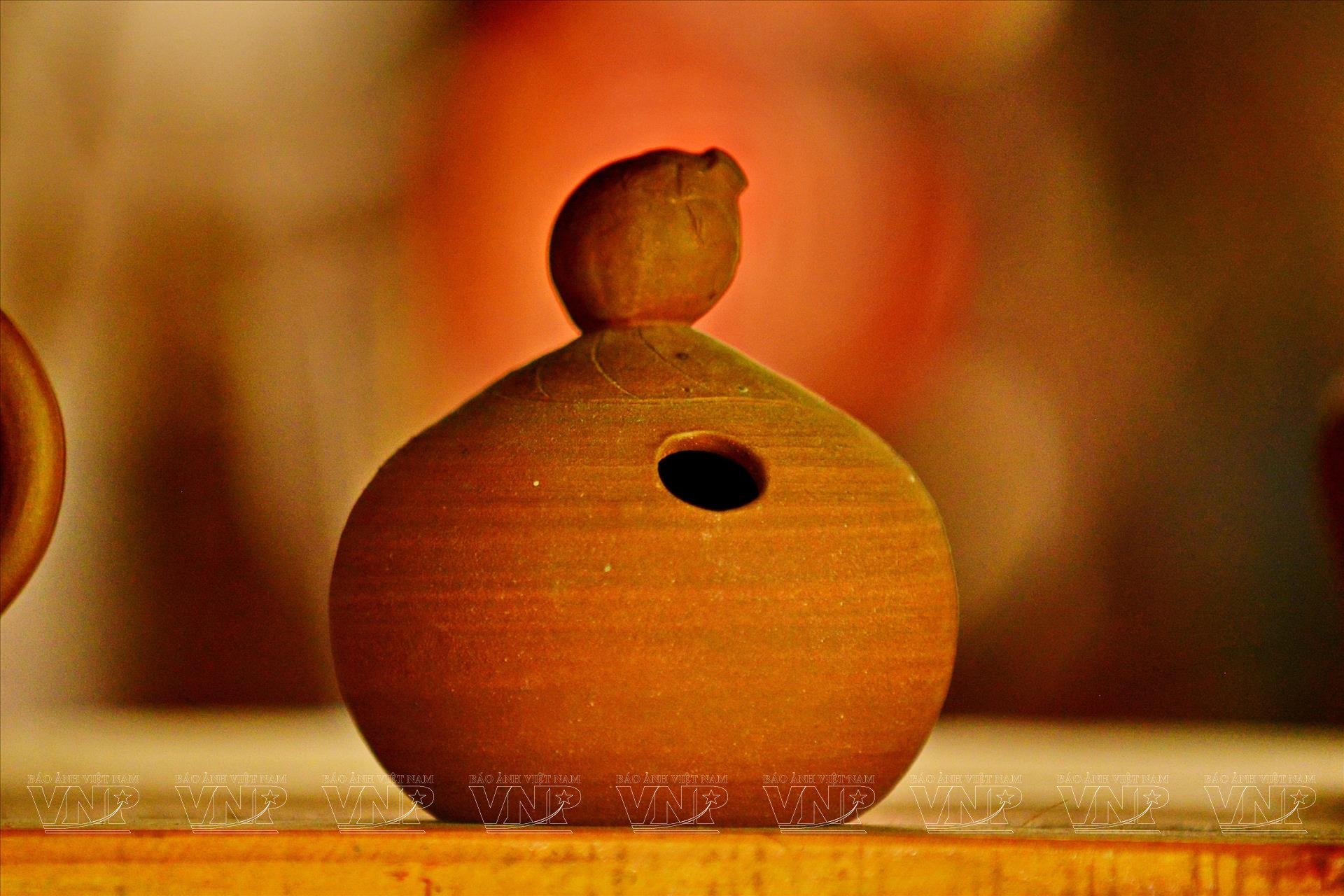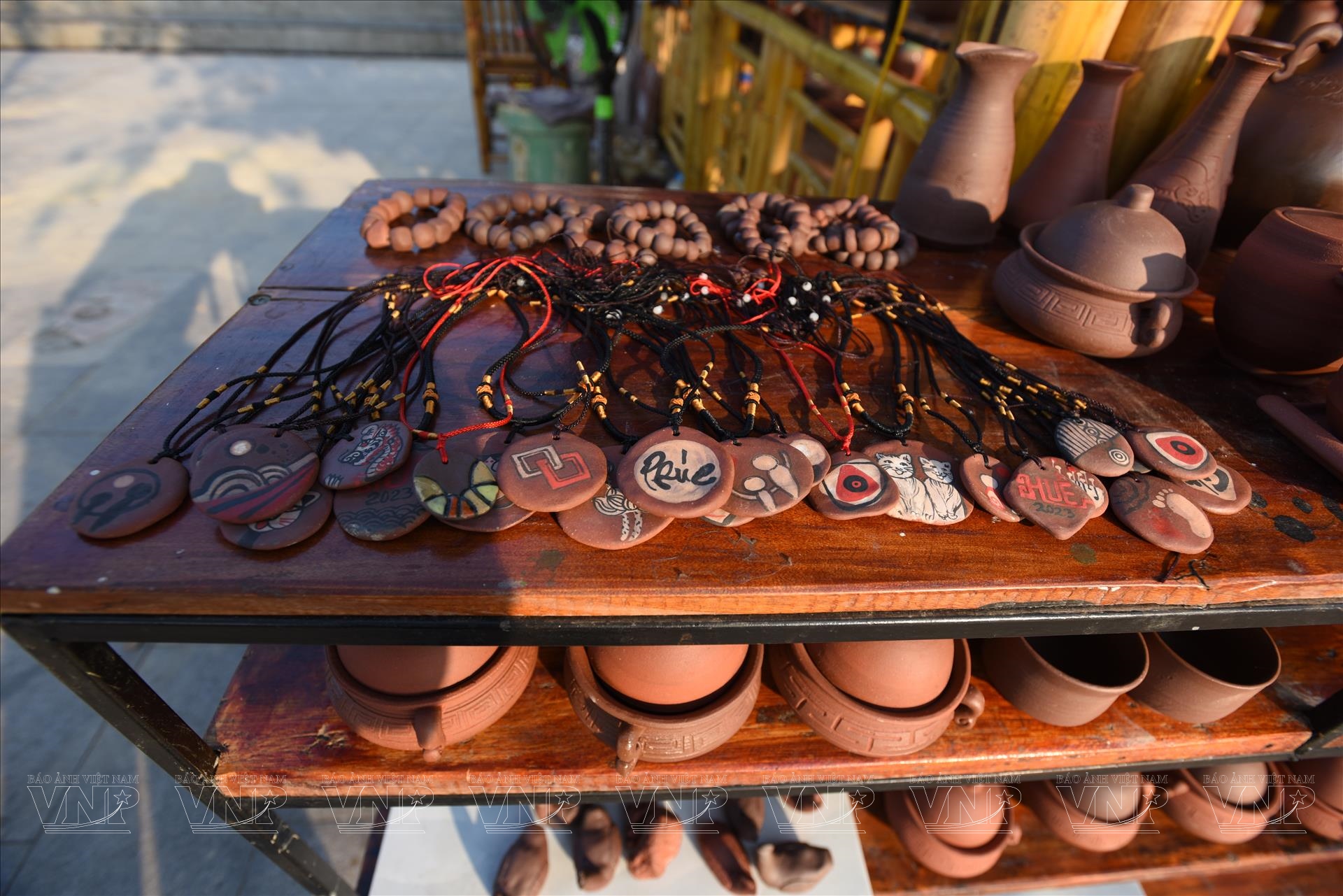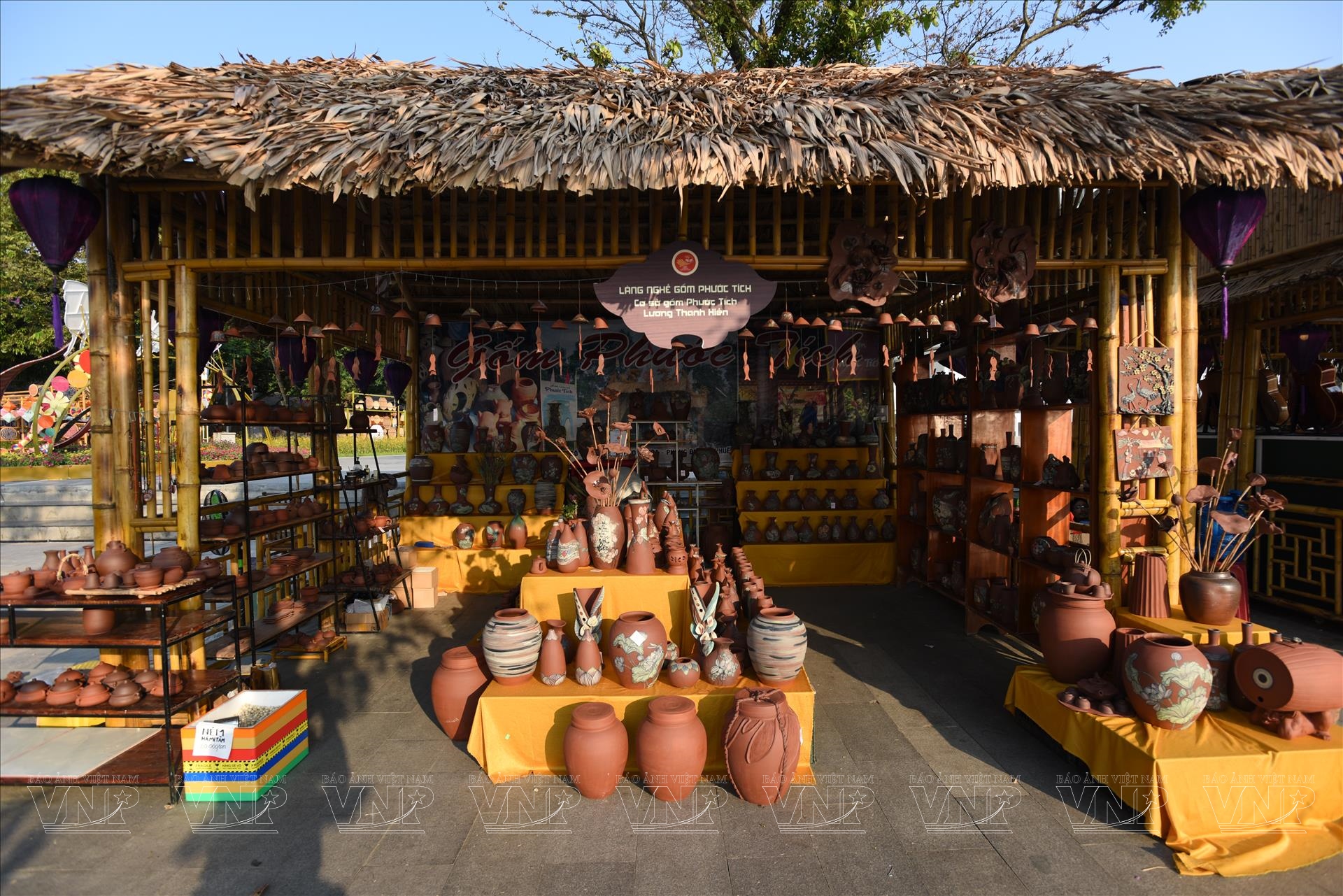Phuoc Tich Pottery - A Heritage of Royal Ceramics in Hue
The pottery craft in Phuoc Tich has been around for over 500 years and was once renowned throughout the central region of Vietnam. Not only does Phuoc Tich produce various household ceramics like trays, pots, stoves, teapots, jars, lime jars, urns, platters, and vases, but it also has many artistically crafted products that were used during the Nguyen Dynasty's royal court. These artifacts are on display at the Hue Royal Fine Arts Museum.
According to historical records, during the Nguyen Dynasty, a special rule for Phuoc Tich Village was issued by the royal court. As a result, every year, the villagers had to present around 400 clay pots to cook rice for the king. Furthermore, they were not allowed to use any pots which look like those presented to the kings. Failure to comply resulted in severe penalties. Thus, twice a year, the villagers would paddle their boats carrying clay pots along the O Lau River to deliver the pots to the royal palace.
Phuoc Tich clay pots were originally common household items used for cooking rice, storing meat, and marinating fish. However, they were so unique that they were selected for the king's use. They were thick, with a dark brown body, shaped like a bottle gourd, and had a handle on top. Because they were chosen for the king's use, they were called "royal pots" and were even given a poetic name, "the royal gem of utility".
Phuoc Tich Village, formerly known as Ke Doc, is located near the O Lau River, about 40km north of the center of Hue City. It is believed that the village pottery have existed for more than 500 years. During the Nguyen Dynasty, Phuoc Tich was once a ceramic production hub of the Imperial City and its products were present throughout the central provinces.
According to elders in the village, the pottery craft in Phuoc Tich developed significantly not only during the Nguyen era but as early as the 17th and 18th centuries. At that time, the village had more than ten pottery kilns scattered near the waterways of the O Lau River. The kilns were constantly burning, attracting traders from various places, bringing prosperity and renown to the local residents. Consequently, the village boasts many spacious and prestigious houses that still stand today.
Unlike other places that typically used vertical kilns for pottery firing, Phuoc Tich employed horizontal kilns, often called "toad kilns" due to their resemblance to a toad. These sturdy earthen kilns, about 30m long with a thatched roof, were built firmly on the ground.
Phuoc Tich pottery is crafted from clay extracted from the O Lau River and fired using traditional methods. The kilns, with high temperatures and a consistently rosy fire, ensured that the products came out without cracks or brittleness. The beauty of Phuoc Tich pottery lies in its simplicity, naturalness, thick and robust clay structure, resembling porcelain, with an unglazed exterior but a natural dark brown color that looks as if it's coated with enamel.
Over time, the Phuoc Tich pottery craft experienced periods of neglect and decline. In recent years, thanks to the Thua Thien Hue Province's policy to restore, preserve, and develop traditional handicrafts, coupled with the growing tourism activities, especially the annual Hue Festival and the Hue Traditional Craft Festival, the Phuoc Tich pottery craft has had the opportunity to revive itself and flourish.
Today, visitors to the ancient Village of Phuoc Tich not only get to explore the beauty of one of Vietnam's most well known villages but also have the chance to learn and experience fascinating aspects of its history and traditional pottery-making techniques.
Artisan Luong Thanh Hien, who is dedicated to preserving and developing the village's pottery craft and owns the largest pottery kiln in Phuoc Tich, shares: "Although I know that continuing my forefathers' pottery craft will be challenging to support my family in today's modern era, abandoning it would be a disservice to those who came before. Therefore, I have immersed myself in the craft, seeking ways to develop it, preserving the ancient art and passing on some of the remaining skills to the younger generation"./.
By Thanh Hoa/VNP Translated by Hong Hanh
